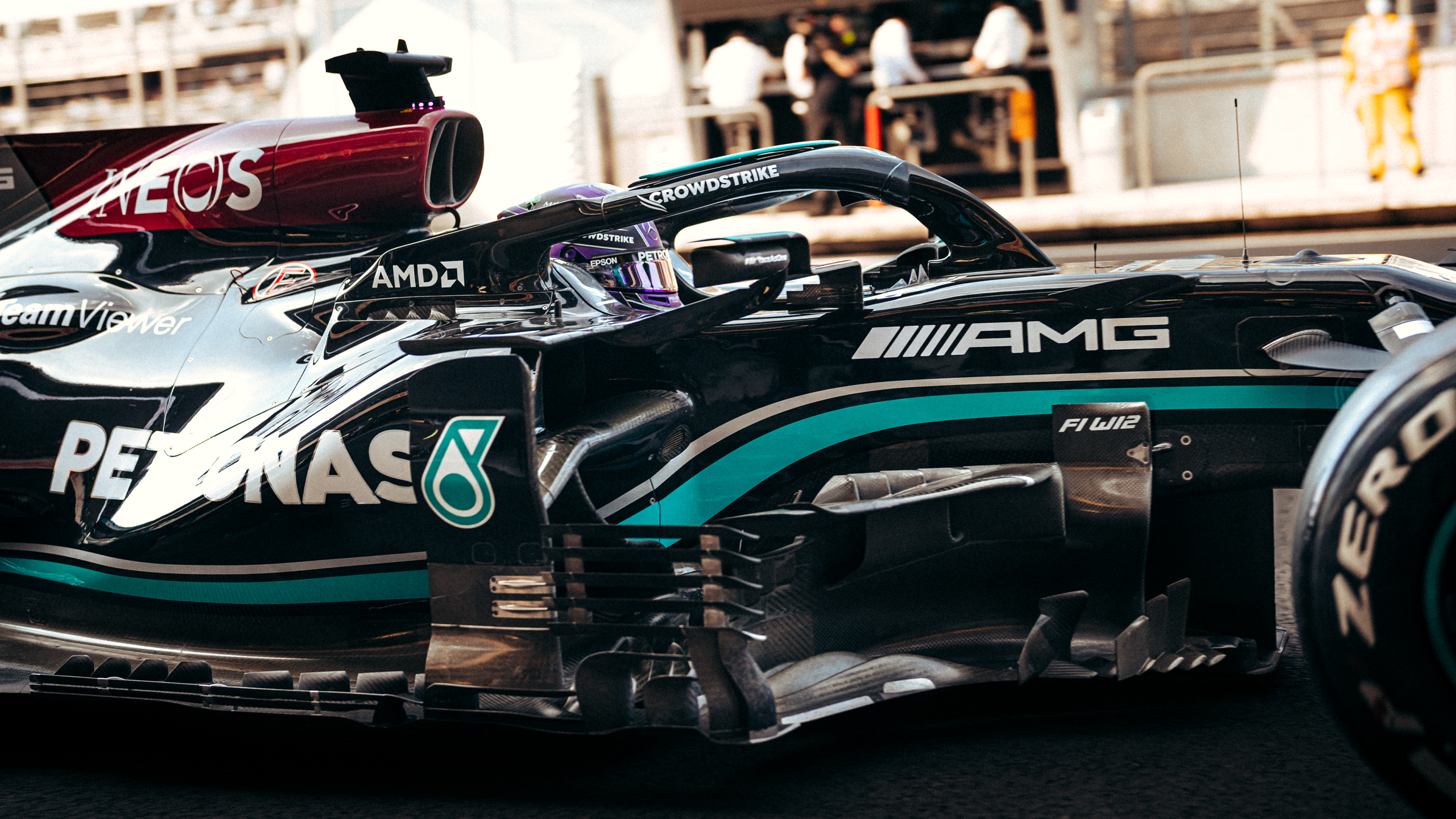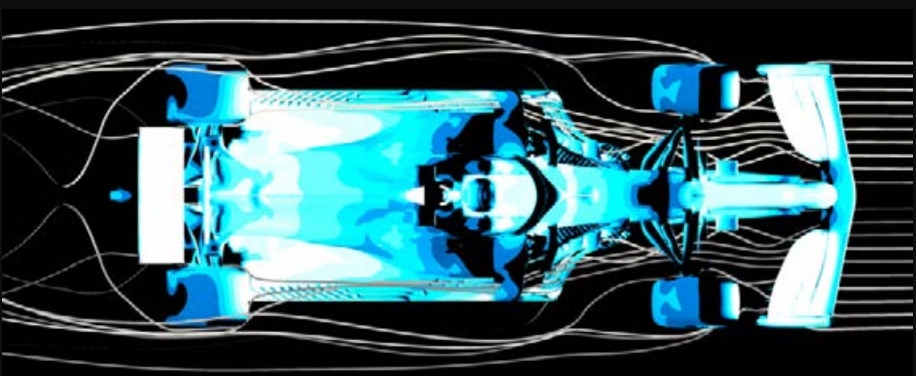AMD's Epyc processors played a key role in Mercedes' 2020 and 2021 F1 championship successes
There's a bit of work to do in 2022 though!

Formula One is a data driven sport. Since the sport was taken over by Liberty Media, cost caps have been introduced, with limited track testing days and wind tunnel time. To get around this, computational fluid dynamics (CFD) has become absolutely critical in order to deliver accurate aerodynamic simulations and data that hopefully correlates with on track performance. That means you need massive amounts of computational power.
AMD joined as a sponsor of the Mercedes-AMG Petronas Formula One Team at the beginning of 2020. AMD provides its Epyc server processors, Ryzen Pro laptops and various tools to assist with the running of the team. These systems that a key component of the performance of a modern F1 team.
AMD released a case study showing how its Epyc processors directly improved Mercedes' aerodynamic testing capacity, which factored into Mercedes-AMG Petronas winning its eighth Constructors’ Championship in 2021. According to AMD, Epyc processors delivered a 20 percent performance improvement in CFD calculation speed.
AMD's Epyc processors with their high core counts and scalability are well suited to highly parallel workloads. An F1 team such as Mercedes is likely developing its own in-house software that's coded to maximise the performance of its Epyc systems.


Best CPU for gaming: The top chips from Intel and AMD
Best gaming motherboard: The right boards
Best graphics card: Your perfect pixel-pusher awaits
Best SSD for gaming: Get into the game ahead of the rest
Simon Williams, Head of Aero Development Software at Mercedes-AMG Petronas F1 said: “There's also a regulation of how many geometries we can run in a certain period, which usually spans eight weeks. We're trying to maximize everything we can do in that period to get the most out of our CFD.” The quota amounts to around 1,800 new geometry simulations over the eight-week period. “It's about trying to maximize the work that the CFD solve can do per clock cycle.”
Williams went on to say: "The AMD Epyc servers have enabled us to run a lot more work in parallel. Aerodynamicists, if they get a result back during the day, they can do another design and do a second run overnight. When they return in the morning, they will have completed two iterations, rather than one. You’ve got to have the right hardware to do that.”
No one can deny that Mercedes has dominated Formula One for a long time. You don't stay at the top of a sport like Formula One without having a well-oiled, dedicated, motivated and talented team. It helps having a seven time world champion in the cockpit too. But with cost caps limiting expenditure along with the introduction of measures that aim to level the playing field, getting it right as soon as possible is vital. As we're into the 2022 season, Mercedes is facing a challenge.
Keep up to date with the most important stories and the best deals, as picked by the PC Gamer team.
The introduction of new technical regulations for the 2022 season means that most of the data gathered for the 2020 and 2021 cars is no longer relevant. At the time of writing, after 3 races, Mercedes finds itself trailing a resurgent Ferrari and has benefited from the unreliability of the Red Bull cars. Mercedes' cars are suffering from so called 'porpoising' issues where the car bounces up and down at speed as a result of not completely understood ground effect aerodynamics. This is leading to setup compromises and a loss of aerodynamic performance. You can be sure that the Mercedes team is busy crunching data and running simulations 24/7 on all of those Epyc servers back at its Brackley base in the UK.
Yes, I'm an F1 tragic.

Chris' gaming experiences go back to the mid-nineties when he conned his parents into buying an 'educational PC' that was conveniently overpowered to play Doom and Tie Fighter. He developed a love of extreme overclocking that destroyed his savings despite the cheaper hardware on offer via his job at a PC store. To afford more LN2 he began moonlighting as a reviewer for VR-Zone before jumping the fence to work for MSI Australia. Since then, he's gone back to journalism, enthusiastically reviewing the latest and greatest components for PC & Tech Authority, PC Powerplay and currently Australian Personal Computer magazine and PC Gamer. Chris still puts far too many hours into Borderlands 3, always striving to become a more efficient killer.

